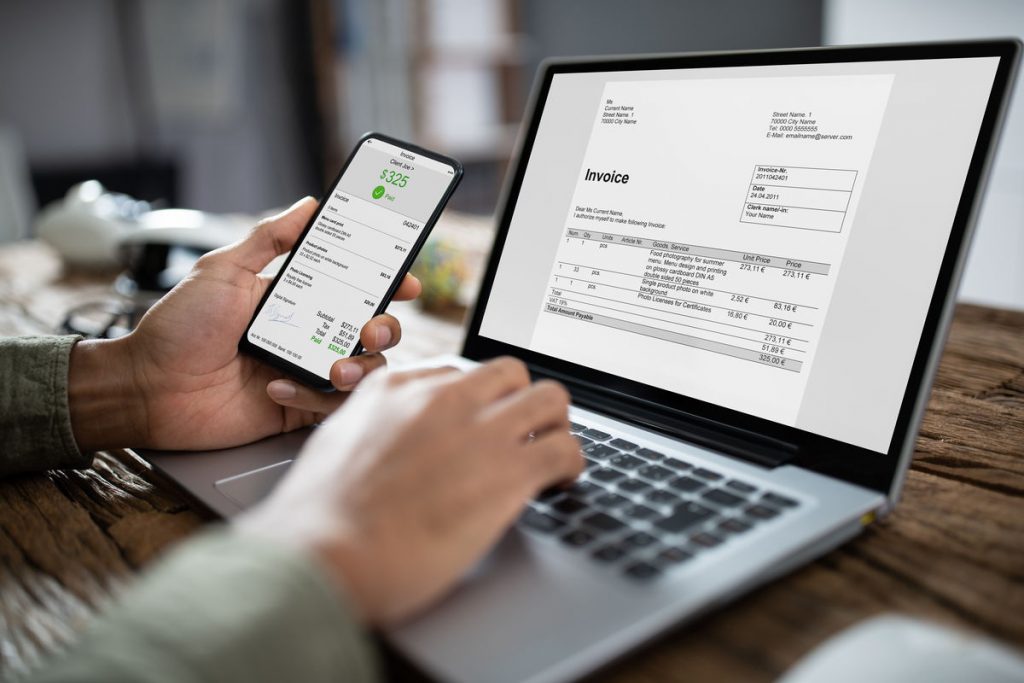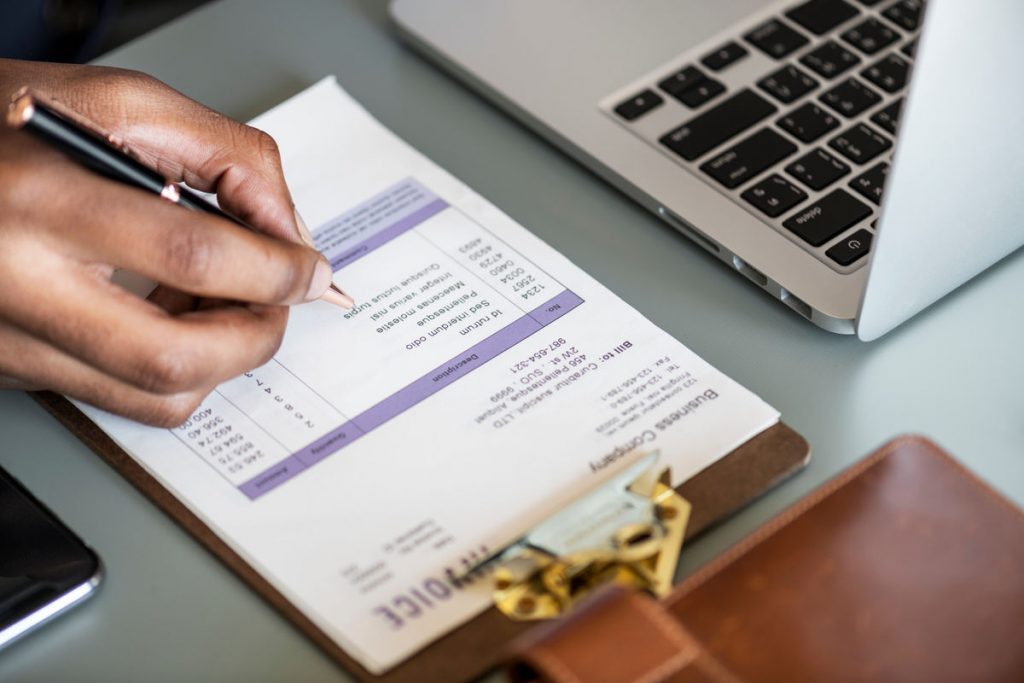An invoice is any document that records a transaction between service provider and customer. It has two main uses—it encourages customers to pay faster, and it’s one way to track sales. But while it does have several merits, there are reasons not all establishments issue invoices. Moreover, it can take up a huge portion of your time, from choosing a format to typing all the necessary info.

Hence, experts advise business owners to use a free invoice template—a form-like document that you need to fill in with missing info such as the client’s name, due date, and services rendered. Having a free invoice template or a free invoicing generator that automates the process would make invoicing simple.
By eliminating the need to type all the info every time a customer issues an invoice, you can save a lot of time and effort. If you have yet to create your invoice template, it can be difficult to know where to start. In that regard, read more for some tips to help you out.
1. Type In Your Business Info And Leave Space For Your Client’s Info
Information about your business should always be present in the document. This may include:
- The business name
- The business address
- Your contact details
Similarly, you’d want to have your client’s info in the invoice as well. But since it’s one of those details that would change from client to client, you only have to leave space for these details.
- Customer’s name
- Customer’s contact number
- Customer’s address
Keep in mind that you don’t have to strictly stick to these specific details. You may have other ideas as to what pieces of information you’ll include about your business or your clients. It should be fine as long as it tells something about your business and your client.

2. Mark Every Invoice With A Unique Number
Another piece of information that should always make an appearance in your invoices is a unique identification number. The idea behind this is that by marking each invoice with a unique number, you can easily find a specific invoice on your records if you ever need to fetch the details of that invoice. For example, if there’s a dispute after several weeks of issuing an invoice.
Again, this number will change from transaction to transaction. Therefore, you only have to leave a space, preferably a large one, for the unique ID number since it needs to be emphasized.
3. Create A Field For The Products And Service Description
Not every customer will settle for a simple and minimalistic invoice. Some will require elaboration, and that’s where a detailed description of the goods and services rendered will come in handy.
Furthermore, some customers would dispute or complain about an error in the invoice you sent for the sake of delaying payment. Including a full account of what you did should help in such cases. With that said, make sure there’s a specific field for this info.
4. Always Include Three Dates
Your invoices should always contain three dates and those are:
- The date when the customer received the product or service,
- The date when you created the invoice, and
- The payment due date.
The first two dates are mainly for tracking your payables or recordkeeping. On the other hand, the payment due date is an essential detail if you want to speed up the payment process. After all, it provides the customer with a baseline on when they should pay.
You should also avoid using terms like due on receipt since customers tend to misunderstand this and often do not pay upon receipt. The same goes for terms like net 30, which indicates that the client needs to pay within 30 days. Again, not many people understand this term, so you’re better off using the standard and universal format like August 6, 2022.
5. Emphasize The Total Amount To Be Paid
An invoice will undoubtedly contain a lot of numbers, which can be confusing for customers. However, the only number that matters at the end of the day is the total sum or the money they owe. Unfortunately, business owners often make the mistake of using the same font style and size for both the individual costs and total, which makes it difficult to distinguish which is which.
When creating an invoice template, it’s advisable to leave a rather large space for the total amount and make it as conspicuous as possible, perhaps by adding elements like colors.
6. Include A Late Payment Fee Policy
Using this free invoice maker, if the rate at which customers pay invoices is too slow, you might want to consider including a late payment fee policy on your invoice template. It’ll explain to clients that they’ll have to pay extra if they don’t pay on or before the due date shown in the invoice. Since there’s now a penalty, clients would be more inclined to pay on time.
7. Offer An Incentive For Early Payments
Similarly, you can also offer an incentive to customers who pay early. This incentive should be flexible. You can offer a 5% discount on their next transaction or even provide a gift card. Much like the previous tip, this should encourage customers to pay as early as possible.
Closing Thoughts
While invoices are technically legally binding, it’s by no means absolute. Customers could sometimes get away with paying late. That’s why apart from creating and issuing invoices, you must also take steps to improve your invoices to encourage clients to pay as soon as possible. Moreover, the tips discussed should help in that regard.



Recent Comments